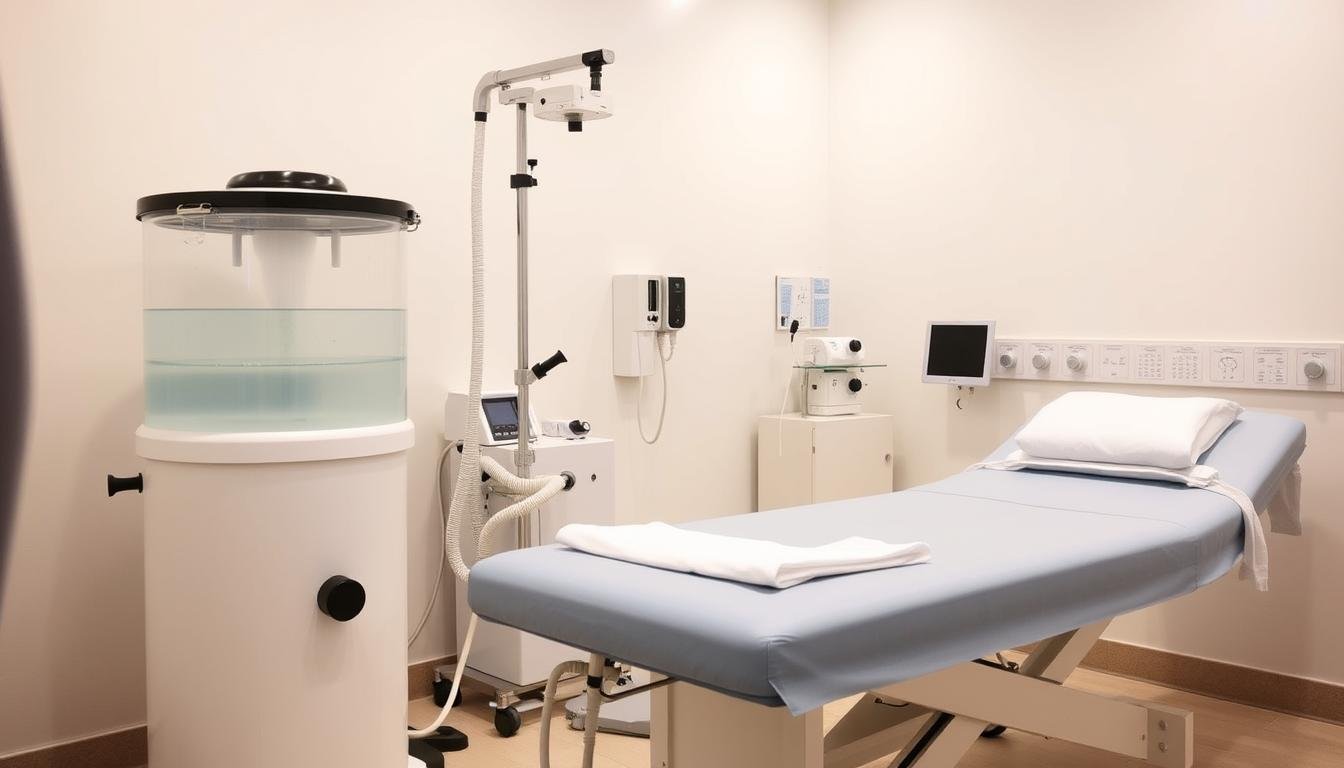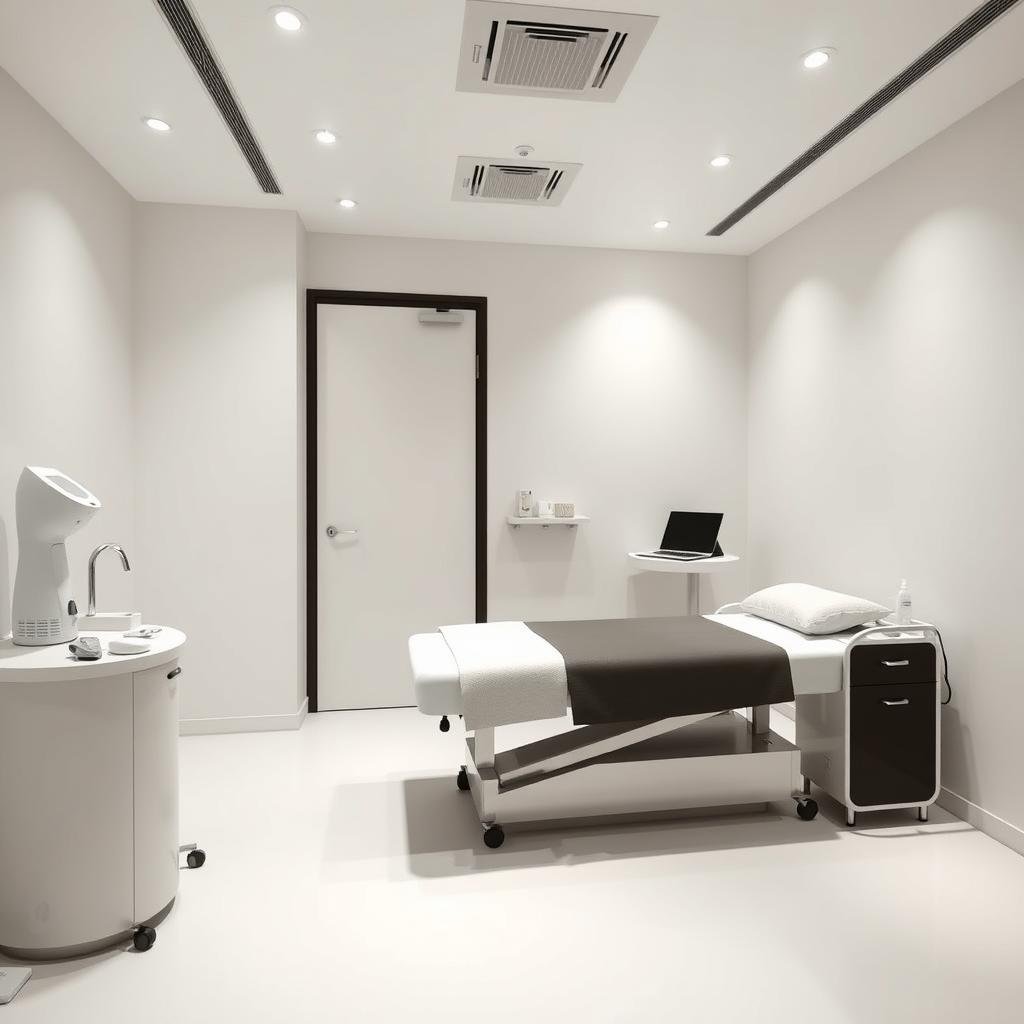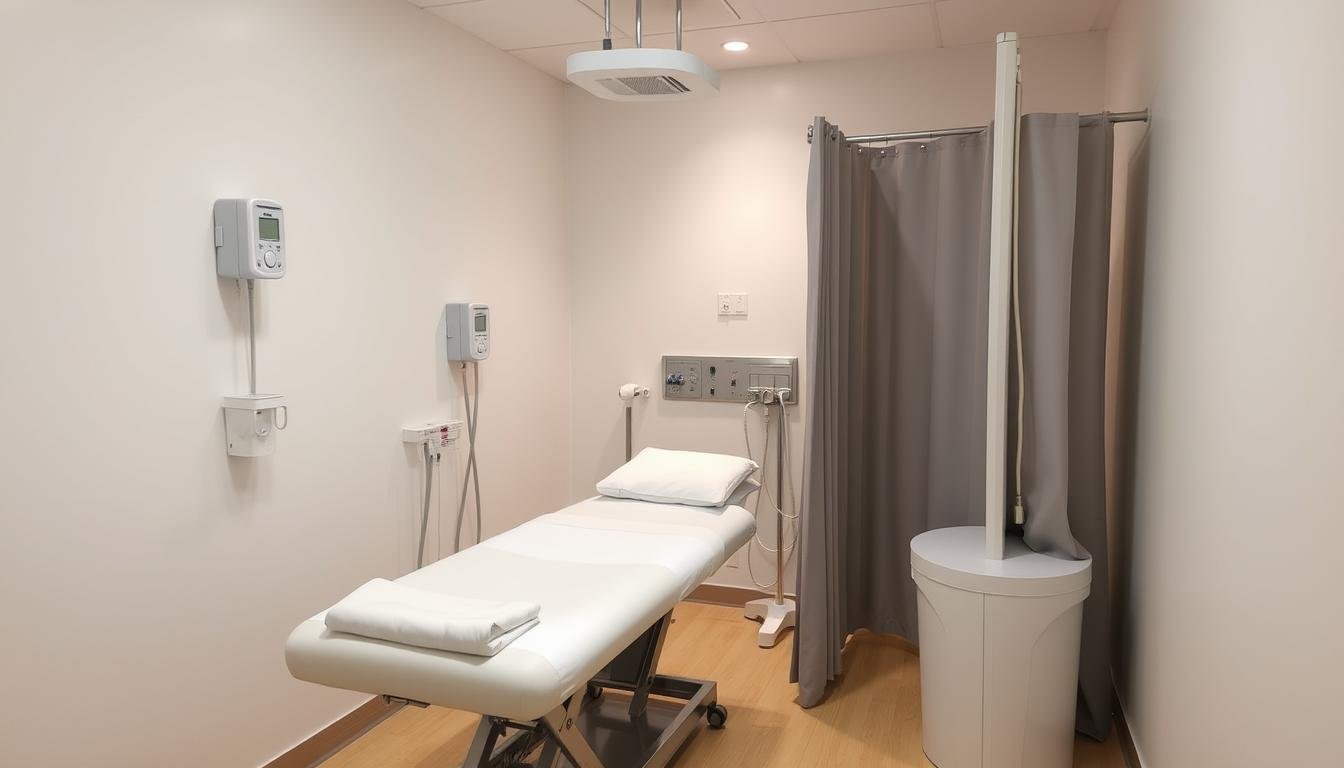Fabricante profesional de Equipo Para Hidroterapia De Colon

What Is a Colonic?
A colonic, also known as colonic irrigation or colonic hydrotherapy, is a procedure that flushes the colon (the largest part of the large intestine) with water. During this process, large amounts of water—sometimes up to 16 gallons—are introduced into the colon through a tube inserted into the rectum. The water is then released, carrying with it waste material from the colon.
This practice differs from medical procedures like enemas, which use smaller amounts of water and only cleanse the lower portion of the colon. Colonics aim to cleanse the entire colon and are typically performed by non-medical practitioners called hydrotherapists.
Historical Context
Colon cleansing has roots dating back to ancient Egypt and was popular in the 19th century under the theory of “autointoxication”—the belief that undigested food causes toxin buildup in the intestines. While this theory fell out of scientific favor by the 1930s, colonics have experienced a resurgence in recent years as part of alternative health and “detoxification” practices.

Types of Colonic Systems
There are two main types of colonic systems used in practice today. Understanding the differences can help you make an informed decision if you’re considering this procedure.
Open System
- Client and therapist are both present during the procedure
- Water flows in and waste flows out through separate tubes
- Client may need to move positions to facilitate water flow
- Therapist controls water temperature and pressure
- More interaction with the therapist throughout the session
Closed System
- More private experience with less therapist involvement
- Single tube system for both water input and waste removal
- Client remains in one position throughout the procedure
- Often uses specialized equipment with temperature controls
- May be preferred by those seeking more privacy
Some facilities also offer variations that include herbal infusions or temperature modifications. These additions claim to enhance the cleansing effects, though there’s limited scientific evidence supporting these claims.

Potential Benefits of Colonics
Proponents of colonic hydrotherapy claim various health benefits, though it’s important to note that many of these claims lack substantial scientific evidence. Here are some commonly cited potential benefits:
- Removal of accumulated waste and toxins from the colon
- Improved digestive function and relief from constipation
- Increased energy and improved immune function
- Potential relief from bloating, gas, and digestive discomfort
- Improved absorption of nutrients
- Potential benefits for conditions like IBS (Irritable Bowel Syndrome)
Key Takeaway
While some people report feeling better after colonics, the medical community generally agrees that there is insufficient scientific evidence to support many of the health claims associated with this procedure. Your body’s digestive system and organs like the liver and kidneys naturally eliminate waste and toxins without additional intervention.

Considering a Colonic?
Before trying any new health procedure, it’s important to consult with a healthcare professional who knows your medical history.
Risks and Concerns
Medical professionals have raised several concerns about colonic hydrotherapy. Understanding these risks is crucial before deciding whether to undergo this procedure.
Potential Risks of Colonics
- Electrolyte imbalance: Colonics can disrupt the body’s electrolyte balance, potentially leading to serious complications like heart rhythm abnormalities.
- Bowel perforation: The pressure from water or improper insertion of equipment can cause tears in the intestinal wall.
- Infection: Equipment that isn’t properly sterilized can introduce harmful bacteria into the colon.
- Disruption of gut flora: Colonics can wash away beneficial bacteria that aid digestion and protect against harmful organisms.
- Dehydration: The procedure can lead to fluid loss and dehydration.
- Rectal burns: If the water temperature is too high, it can cause tissue damage.
Who Should Avoid Colonics
Colonic hydrotherapy is not suitable for everyone. You should avoid this procedure if you have:
- Inflammatory bowel diseases (Crohn’s disease, ulcerative colitis)
- Recent colon surgery or history of bowel perforation
- Hemorrhoids or rectal/anal fissures
- Diverticulitis or diverticulosis
- Heart or kidney disease
- Severe anemia
- Gastrointestinal cancers
- Pregnancy
- Abdominal hernia
- Severe hemorrhoids

Always consult with a qualified healthcare provider before undergoing a colonic, especially if you have any existing health conditions or concerns.
The Colonic Procedure: Step by Step
Understanding what happens during a colonic session can help you make an informed decision. Here’s what you can typically expect:
- Initial consultation: The hydrotherapist will discuss your health history and explain the procedure.
- Preparation: You’ll be asked to change into a gown and lie on a treatment table, usually positioned on your left side in a fetal position.
- Insertion: The therapist will gently insert a disposable nozzle attached to a tube into your rectum.
- Water flow: Warm, filtered water will flow into your colon through the tube. The temperature and pressure are controlled to ensure comfort.
- Massage: The therapist may lightly massage your abdomen to help release trapped gas and encourage the flow of water through the colon.
- Release: Waste and water will be released through the tube into a closed system, eliminating odors and maintaining dignity.
- Repetition: This process of filling and releasing may be repeated several times during a 45-60 minute session.
- Completion: After the session, you’ll be given privacy to use the bathroom to release any remaining water.

What to Expect During Your First Session
Most first-time sessions include a longer consultation to discuss your health history and goals. The actual procedure typically causes minimal discomfort—you may feel fullness, pressure, or mild cramping as water enters the colon. A typical session lasts 45-60 minutes, and the therapist should ensure your comfort and privacy throughout.

Aftercare Recommendations
Proper aftercare following a colonic is important to help your body recover and maintain any potential benefits. Here are recommended steps to take after your session:
Hydration and Nutrition
- Drink plenty of water to replace fluids and prevent dehydration
- Avoid caffeine, alcohol, and carbonated beverages for 24 hours
- Eat light, easily digestible meals for the first day
- Consider incorporating probiotic-rich foods like yogurt or kefir
- Avoid raw vegetables, spicy foods, and heavy proteins immediately after
Physical Activity and Rest
- Rest if you feel tired, as the procedure can be draining
- Gentle walking can help stimulate natural bowel function
- Avoid strenuous exercise for 24 hours after the procedure
- Listen to your body and give it time to adjust
Monitor Your Body
- Pay attention to your bowel movements in the days following
- Some gas or bloating is normal but should subside quickly
- Contact a healthcare provider if you experience severe pain, bleeding, fever, or persistent diarrhea
- Keep track of any changes in how you feel to discuss with your healthcare provider

Many practitioners recommend waiting at least a week before considering another colonic session, allowing your body time to readjust and your natural digestive processes to stabilize.
Frequently Asked Questions About Colonics
How often should I get a colonic?
There’s no medically established frequency for colonics. Some practitioners recommend starting with 2-3 sessions spaced 1-2 weeks apart, then reducing to maintenance sessions. However, medical professionals generally don’t recommend regular colonics as your body naturally eliminates waste. Always consult with a healthcare provider before establishing any regimen.
Is a colonic painful?
Most people don’t describe colonics as painful, though you may experience sensations of fullness, pressure, or mild cramping as water enters the colon. Discomfort should be minimal with a properly trained therapist who adjusts water temperature and pressure accordingly. Always communicate any discomfort during the procedure.
How is a colonic different from an enema?
While both involve introducing water into the colon, they differ significantly. Enemas use smaller amounts of water (1-2 quarts) and only reach the lower portion of the colon. They’re typically self-administered for constipation relief. Colonics use more water (up to 16 gallons), aim to cleanse the entire colon, and are performed by a practitioner with specialized equipment.
Will a colonic help me lose weight?
While you might experience temporary weight loss due to removal of waste material and water, colonics are not an effective or recommended weight loss method. Any weight lost is quickly regained as you eat and drink. Sustainable weight loss comes from dietary changes, exercise, and lifestyle modifications.
Are there natural alternatives to colonics?
Yes, there are several natural ways to support colon health without colonics:
- Increasing fiber intake through fruits, vegetables, and whole grains
- Staying well-hydrated with water
- Regular physical activity
- Consuming probiotic-rich foods
- Managing stress, which can affect digestive function
These approaches support your body’s natural cleansing processes without the risks associated with colonics.

Making an Informed Decision About Colonics
Colonic hydrotherapy remains a controversial practice in the medical community. While some people report feeling benefits from the procedure, scientific evidence supporting many of the claimed health benefits is limited. Your body’s digestive system, liver, and kidneys are naturally designed to remove waste and toxins without additional intervention.
Key Takeaway
Before considering a colonic, weigh the potential benefits against the risks, especially if you have any existing health conditions. The best approach to digestive health typically involves a balanced diet, regular exercise, adequate hydration, and consultation with healthcare professionals about any persistent digestive concerns.

Have Questions About Digestive Health?
If you’re experiencing digestive issues or considering alternative treatments like colonics, consulting with a healthcare professional is the best first step.
